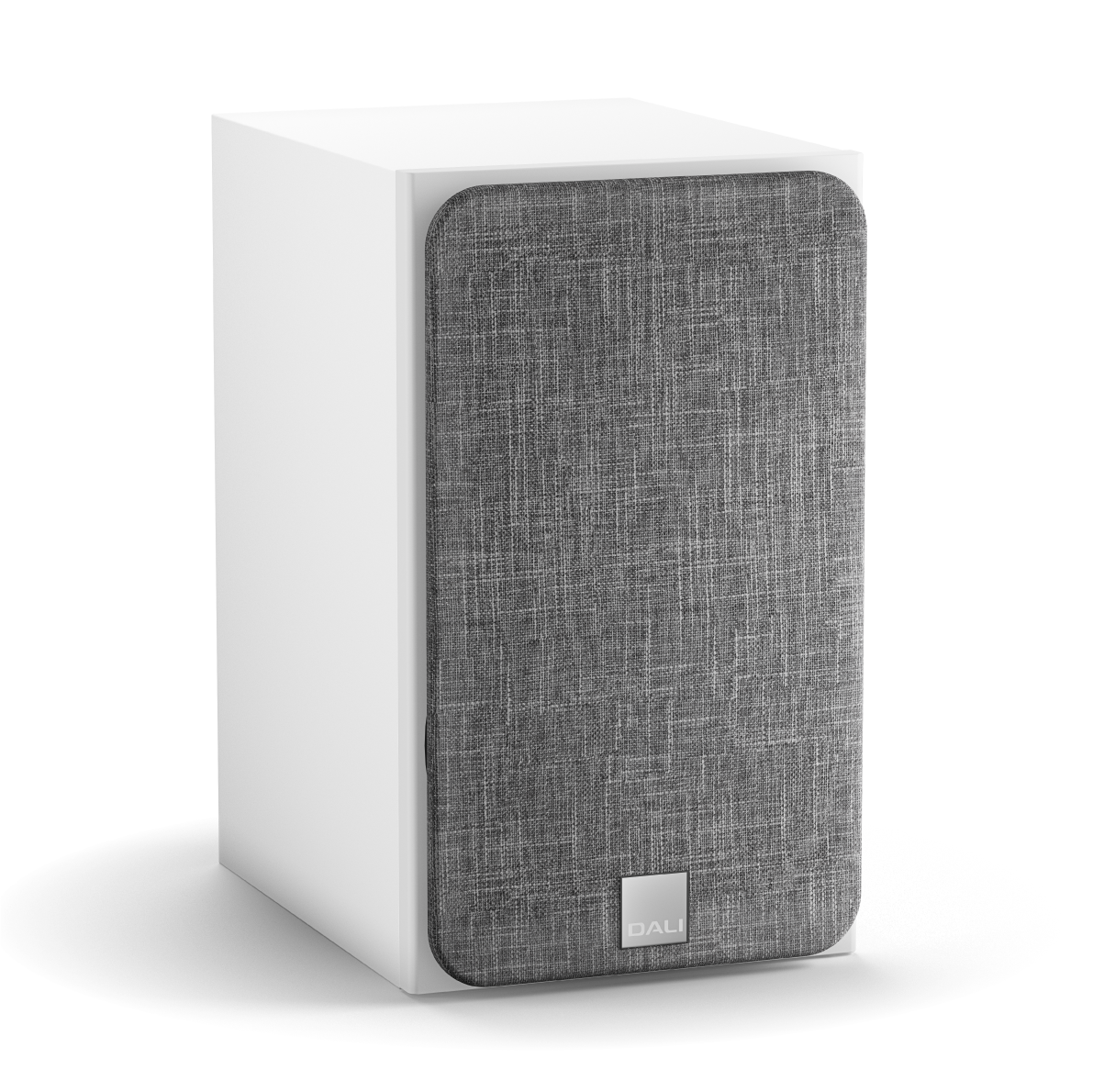

- Speaker enclosure design box vs cylinder drivers#
- Speaker enclosure design box vs cylinder portable#
- Speaker enclosure design box vs cylinder Bluetooth#
The 2.1 configuration’s quoted frequency response is 60Hz – 20kHz and Definitive Technology claims that it is capable of output levels measuring 85dB 1 meter.
Speaker enclosure design box vs cylinder drivers#
The driver configuration includes two forward-facing, 1.3-inch composite full-range drivers and one 1.7-inch side-firing woofer. The device processes SBC and AAC codecs when it receives a signal via Bluetooth. On the processing end, Definitive has used an Analog Devices ADAU 1701 DSP module with integrated DAC, which performs the signal conversion and application of what Definitive calls their “Active Surround Array technology”. Don’t let the low power rating fool you – this little speaker can play extremely loud. The Sound Cylinder is powered by an 8-watt Class D amplifier which drives all three channels inside the enclosure. The design allows you to watch your tablet in either landscape or portrait orientation making it particularly useful for watching movies on vacation.ĭefinitive includes an USB ac adapter, USB micro cable, stereo mini to stereo mini cable, and microfiber carry bag inside the cylinder packaging. We will discuss that later on, but rest assured, this thing is one solid piece of engineering.Īnother standout feature that makes the Sound Cylinder unique is its magnesium covered clamp which is designed for laptop screens and 7-inch or 10-inch tablets.
Speaker enclosure design box vs cylinder portable#
Because Definitive Technology markets the product as a portable loudspeaker, we took that as an invitation to schlep it around for a week and see how it held up buried inside a laptop bag. When you extend the kickstand, the depth increases to 3-inches.Įven though the Sound Cylinder is light, that doesn’t mean it isn’t well constructed. If you are thinking of taking the Sound Cylinder with you on a business trip, you’ll appreciate that it is only 0.75 lbs and a diminutive 7.48 x 1.88 x 1.88 (WxDxH – in inches). If not for the rubber clamp, one would swear Definitive Technology had stolen a baton constructed from aluminum/magnesium from the Games of London and stuck some speakers inside. The first thing that stands out about the Sound Cylinder is just how sleek-looking and compact it is. Yes, the Sound Cylinder is packaged like a bottle of 25 year-old Glendronach. In a market flooded with boring cardboard boxes, Definitive Technology decided to deliver its latest device in a package that could just as easily house a nice bottle of scotch. Whoever developed the Sound Cylinder’s packaging deserves a raise this year. Given Def Tech’s reputation for high-quality sound, we had high hopes its $200 cylinder would deliver just that. We loved the Zooka’s design, but felt it could have offered slightly better audio quality – an improvement we think folks would be willing to pay more for. Like the recently reviewed Carbon Audio Zooka, the Sound Cylinder can function as a stand for tablets or clip on to the lid of laptops to provide sound that is meant to be significantly better than any on-board speakers. The Sound Cylinder offers a clever solution for laptop and tablet users who don’t want to deal with the hassle of external loudspeakers requiring a wired connection.
Speaker enclosure design box vs cylinder Bluetooth#
There’s no shortage of battery-powered Bluetooth speakers around – just check out our roundup of some recent entries – but there does seem to be a significantly shorter supply of clever devices like the Definitive Technology Sound Cylinder. Of course, the situation also presents an opportunity for an add-on sale – say, a $200 pair of headphones – which is a real boon to retailers.īut for those interested in sharing the sound with others, a Bluetooth speaker is the better accessory. One is a matter of space (or lack of it) much like today’s flat-panel televisions, there’s simply no room for decent speakers and amplification in these ultra-slim devices.

If you’ve ever used your smartphone’s built-in speakers for listening to music, or relied on your tablet’s speakers for watching your favorite show on Netflix, you already know what we’re about to tell you: The speakers built into mobile devices sound terrible.


 0 kommentar(er)
0 kommentar(er)
